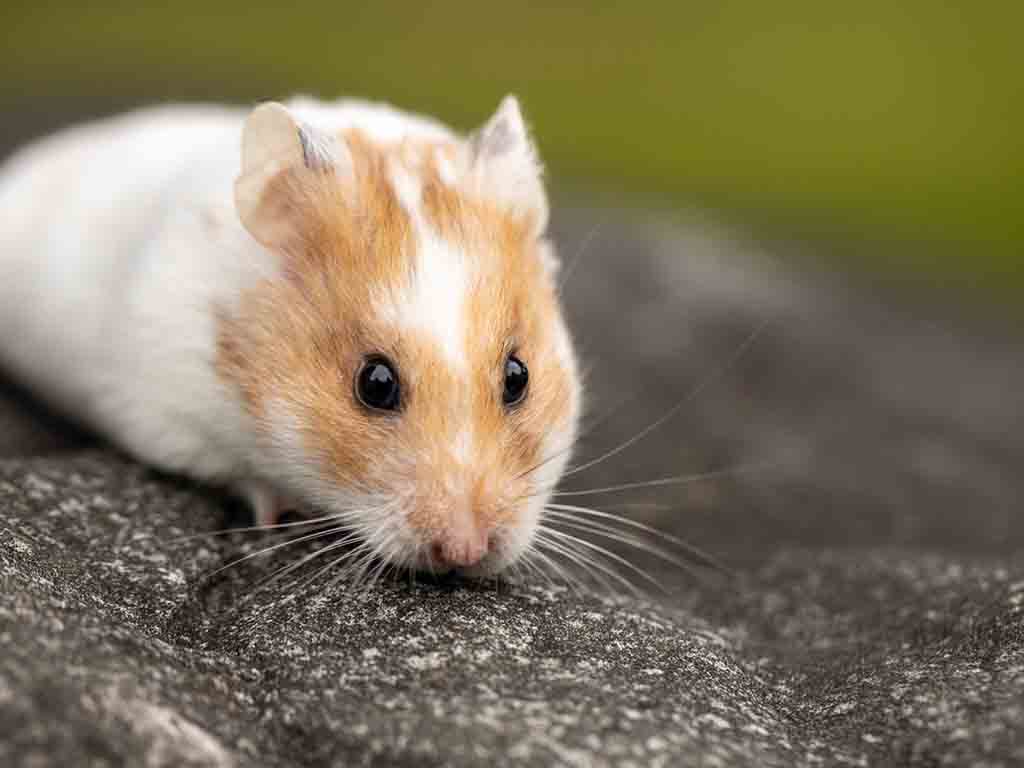An In-Depth Exploration of Hamster Anatomy
Introduction
In the vast and diverse tapestry of the animal kingdom, hamsters emerge as intriguing subjects of study, boasting a myriad of anatomical adaptations that contribute to their remarkable survival strategies. This article of hamster anatomy, aims to provide an extensive and informative journey into the various systems that define these miniature marvels. From the microscopic intricacies of their skeletal structure to the macroscopic wonders of their reproductive adaptations, this exploration seeks to unravel the mysteries of hamster anatomy in unprecedented detail.
Skeletal Structure: A Structural Symphony of Adaptation
The skeletal structure of hamsters serves as the architectural foundation upon which their entire existence is built. With bones that are not merely rigid but remarkably lightweight, hamsters exhibit a unique balance of strength and agility. The spine, a crucial component in their burrowing lifestyle, is exceptionally flexible, allowing these rodents to navigate their intricate tunnels with unparalleled grace.
A closer look at the cranial aspect of hamster skeletal anatomy reveals not only a well-formed skull but also the presence of enlarged cheek pouches. These pouches, a distinctive feature, play a pivotal role in the storage and transportation of food—an adaptation that illuminates the intricacies of their foraging behaviors and the resourcefulness encoded in their anatomy.
Dental Configuration: Gnawing as an Art Form
The dental configuration of hamsters unveils a story of perpetual growth and adaptive gnawing behaviors. Their incisors, powerful and continuously growing, are not merely tools for consuming food but essential instruments for survival. The gnawing behavior of hamsters extends beyond sustenance; it is a mechanism for maintaining optimal dental health, preventing the potential complications of overgrown teeth.
Delving deeper into the dental intricacies, the composition and structure of hamster teeth reveal an evolutionary masterpiece. From the enamel to the pulp, each component is finely tuned to withstand the rigors of their gnawing activities. The diversity of materials they can gnaw through, from seeds to wood, showcases the versatility and resilience embedded in their dental anatomy.
Cardiovascular and Respiratory Systems: Engines of Life’s Symphony
The cardiovascular system of hamsters, despite their diminutive size, is a symphony of efficiency. A robust heart propels life-sustaining blood throughout their bodies, supporting the high-energy activities that define their existence. The intricacies of their circulatory system underscore the adaptability that enables hamsters to thrive in various ecological niches.
Complementing the cardiovascular system is the respiratory apparatus, finely tuned to their burrowing lifestyle. Well-developed lungs facilitate efficient gas exchange, even in the confined spaces of their subterranean homes. This adaptation not only ensures survival in the wild but also offers insights into the finely tuned balance of nature’s design.
Digestive System: From Seed to Cecum, Unraveling Nutritional Alchemy
Hamsters, being omnivores with a broad dietary spectrum, possess a digestive system that performs a delicate nutritional alchemy. The stomach, though seemingly simple, is a powerhouse, breaking down a diverse array of food types to extract essential nutrients. However, the real intrigue lies in the specialized digestive organ called the cecum.
The cecum, a digestive marvel, takes center stage in the hamster’s digestive symphony. This organ specializes in fermentation, a process crucial for breaking down complex carbohydrates present in their fibrous plant-based diet. Through this adaptation, hamsters maximize nutritional extraction, highlighting the intricacies of their digestive adaptations and underscoring the evolutionary pressures that shaped their dietary habits.
Reproductive Anatomy: Nature’s Blueprint for Prolificacy
The reproductive anatomy of hamsters unfolds as a testament to nature’s ingenuity in ensuring species survival. Female hamsters, equipped with a uterine bifurcation, possess a unique anatomical feature that facilitates prolific breeding. This adaptation, where the uterus splits into two separate horns, enables female hamsters to produce large litters—a strategic response to the challenges of predation and environmental uncertainties.
Male hamsters, in contrast, exhibit distinctive scent glands that serve as communicative tools in their complex social interactions. These glands, located on their flanks, play a crucial role in marking territory and signaling readiness for mating. Understanding the intricacies of hamster reproductive anatomy not only offers insights into their social dynamics but also unravels the evolutionary strategies that have propelled them through millennia.
Nervous System and Senses: Guiding Through the Darkness
Being primarily nocturnal creatures, hamsters rely on acute senses and a finely tuned nervous system to navigate their surroundings. Their keen sense of smell, a vital tool in foraging and communication, is a testament to their adaptability in diverse environments. Scent markings, a significant aspect of hamster behavior, contribute to their complex social interactions and territorial delineations.
The presence of whiskers, scientifically known as vibrissae, is another intriguing facet of hamster sensory adaptation. These whiskers, deeply embedded in the nervous system, serve as multifunctional tools. Hamsters use them to navigate through narrow burrows, detect changes in air currents, and enhance their overall spatial awareness. The role of whiskers extends beyond touch; they represent a sophisticated sensory array crucial for survival.
Conclusion: Celebrating the Enigma of Hamster Anatomy
In concluding this in-depth exploration of hamster anatomy, it becomes evident that these seemingly unassuming rodents are, in fact, enigmatic marvels of evolution. From the structural elegance of their skeletons to the intricate workings of their reproductive systems, hamsters embody a tapestry of adaptations finely tuned for survival.
This comprehensive journey into hamster anatomy not only expands our understanding of these captivating creatures but beckons us to contemplate the interconnectedness of life. The revelations from their skeletal structure, dental configurations, cardiovascular and respiratory systems, digestive marvels, and reproductive adaptations collectively paint a portrait of nature’s ingenuity—a masterpiece that continues to captivate and inspire awe.
In unraveling the mysteries of hamster anatomy, we embark on a journey not only through the corridors of scientific discovery but also into the heart of nature’s grand design. The hamster, a tiny engineer in its own right, invites us to marvel at the wonders that unfold when we peel back the layers of the seemingly ordinary, revealing the extraordinary within.

